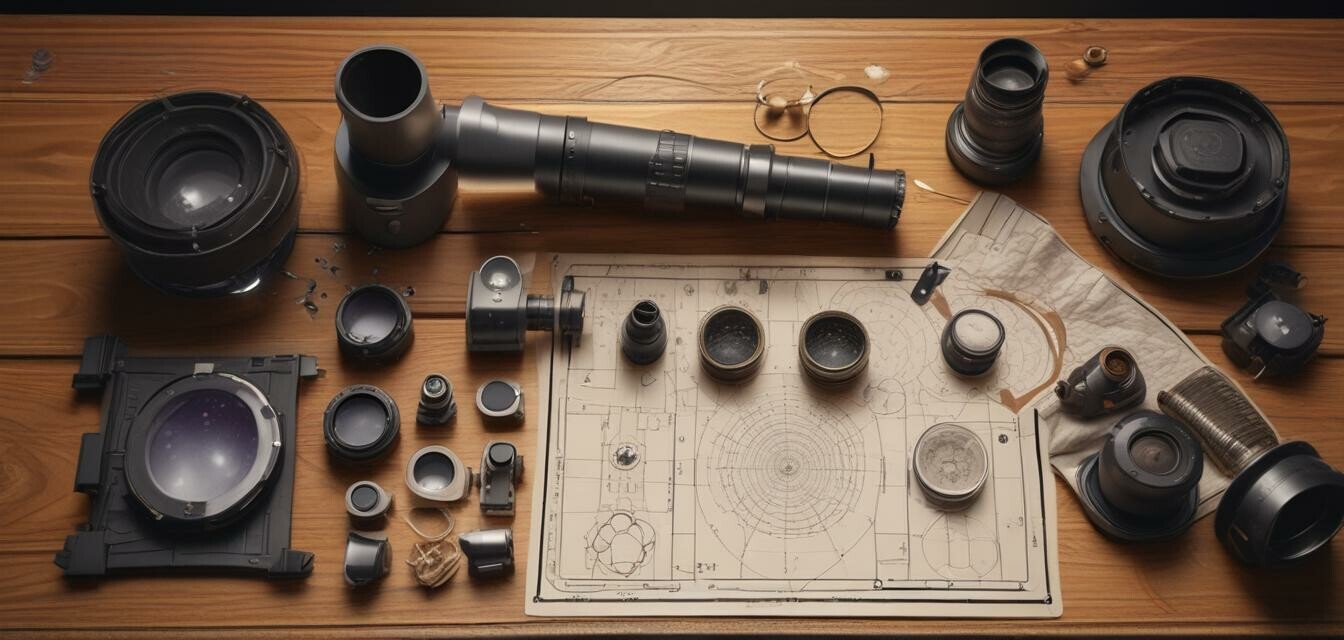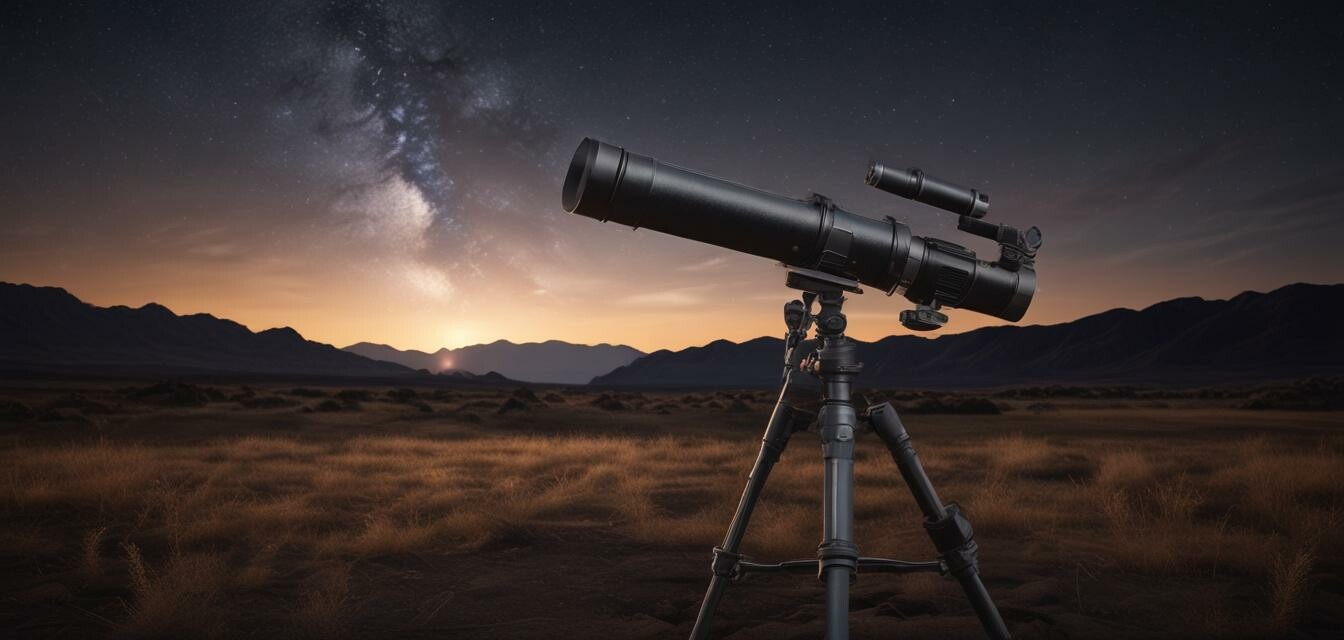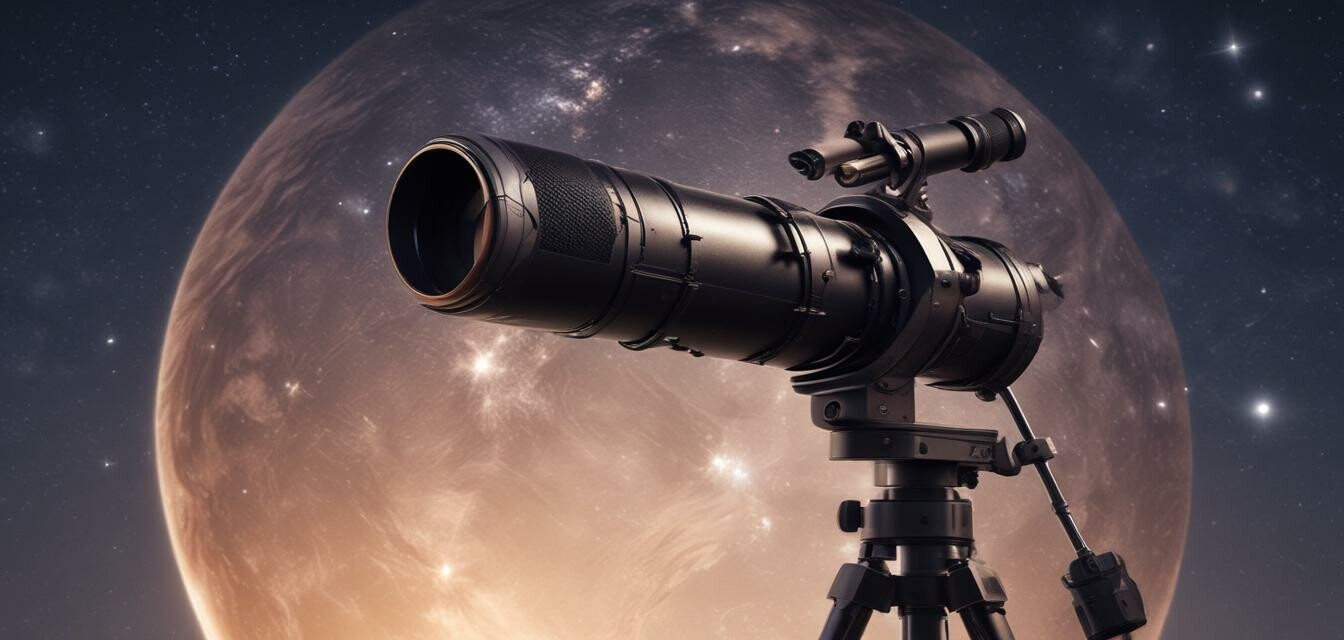
Beginner's Guide to Telescopes
Key Takeaways
- Understanding the different types of telescopes available.
- Learning about essential telescope accessories.
- Selecting the right telescope for planetary observation.
- Tips for beginners on using a telescope effectively.
If you've ever looked up at the night sky and dreamt of seeing planets up close, you're not alone. Telescopes allow you to explore the cosmos from your own backyard, providing stunning views of celestial bodies. In this guide, we will walk you through the basics of choosing and using a telescope, perfect for beginners who are eager to dive into astronomy.
Types of telescopes
There are various types of telescopes, each designed for different observing preferences. Below is an overview of the most common types suitable for planetary observation:
| Type | Description | Best for |
|---|---|---|
| Refractor Telescopes | Uses lenses to gather light. Provides clear images. | Viewing planets and the moon. |
| Reflecting Telescopes | Utilizes mirrors. Generally more compact design. | Deep-sky viewing and planets. |
| Catadioptric Telescopes | Combination of lenses and mirrors. Versatile design. | All-around best for both planetary and deep-sky viewing. |
| Digital Telescopes | Integrates digital technology for enhanced viewing. | Modern features and easy to connect with devices. |
Essential telescope accessories
When starting your astronomy journey, there are several accessories you might consider to enhance your experience:
- Finderscope: A small telescope mounted on your main telescope to help locate objects in the sky.
- Eye Pieces: Different eyepieces alter magnification to improve your viewing experience.
- Star Charts: Maps that guide you in identifying celestial objects.
- Telescope case: Essential for protecting your telescope during transport.
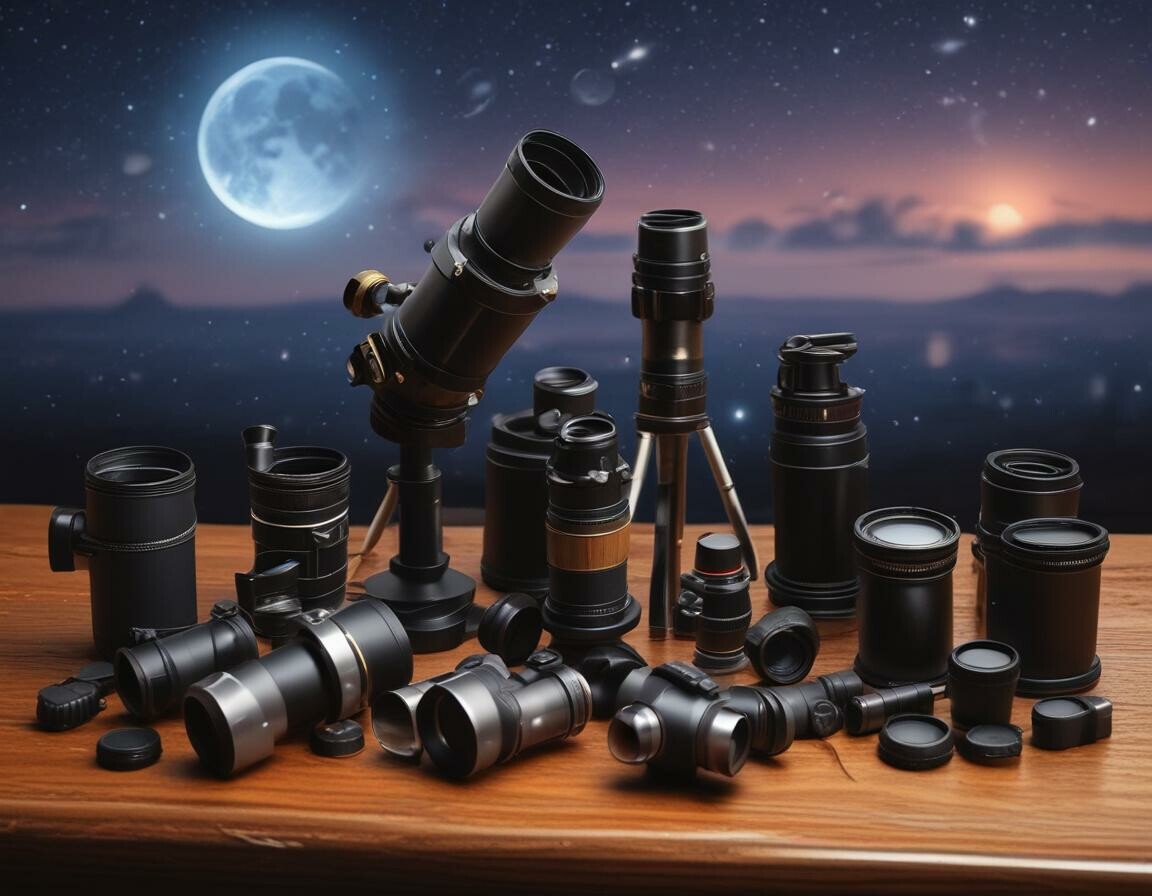
Choosing the right telescope
Selecting the right telescope involves understanding your specific needs and interests. Consider the following factors:
- Budget: Determine how much you are willing to spend as telescopes vary widely in price.
- Portability: If you plan to travel, a more compact model may be necessary.
- Observing goals: Are you more interested in planets, deep-sky objects, or both?
Finding celestial objects
Once you have your telescope set up, finding planets and other celestial wonders can be challenging but rewarding. Here are some tips to get you started:
Tips for beginners
- Use a finderscope to locate objects in the sky more easily.
- Start with the moon and bright planets like Venus or Jupiter.
- Take notes at different times of the year to track where planets are in the sky.
- Join a local astronomy club for access to resources and guidance from experienced observers.
Caring for your telescope
To ensure your telescope lasts for years to come, proper maintenance is essential. Here are some simple tips:
- Keep the telescope covered when not in use to avoid dust accumulation.
- Clean the lenses and mirrors gently with appropriate cleaning materials.
- Avoid exposing the telescope to extreme weather conditions.
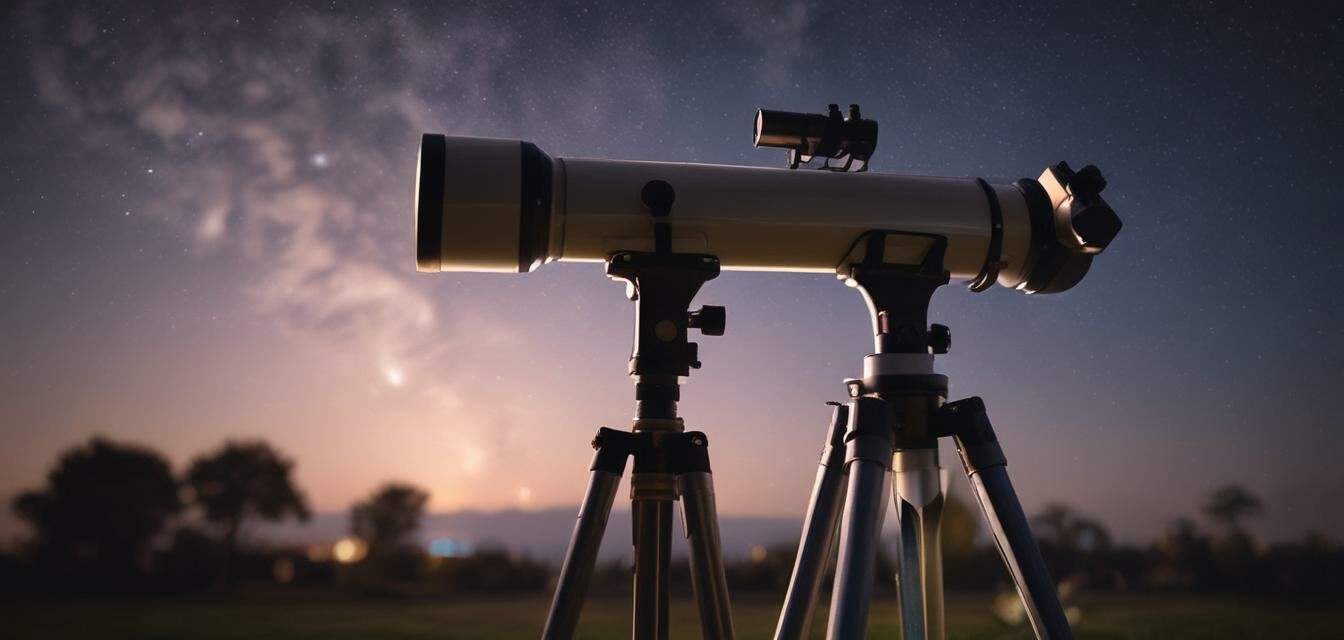
Resources for further exploration
For those looking to expand their knowledge and skills, check out the following resources:
- Astronomy Binoculars
- Catadioptric Telescopes
- Digital Telescopes
- Reflecting Telescopes
- Refractor Telescopes
Pros
- Opens up a new world of exploration in the night sky.
- Enhances educational experiences and understanding of astronomy.
- Community engagement through local astronomy clubs.
- Incomparable beauty of celestial objects when viewed through a telescope.
Cons
- Initial cost can be high for quality telescopes.
- Setting up can be complex for beginners.
- Requires practice to effectively locate and observe celestial objects.
- Weather conditions can limit observation opportunities.


